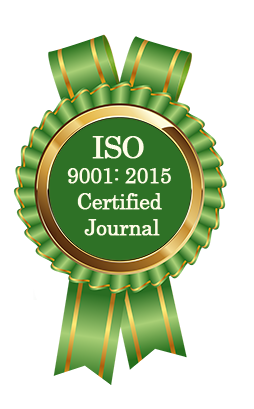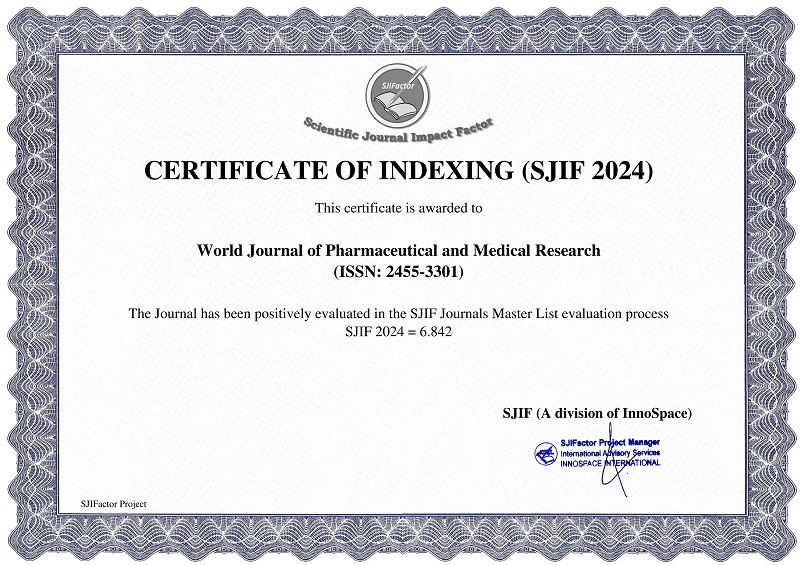A COMPREHENSIVE REVIEW ON THE WOUND HEALING POTENTIAL OF LAWSONIA INERMIS(HENNA)
Dr. Ajay Kumar Sharma*, Dr. Rajender Singh and Dr. Shriniwas Gujjarwar
ABSTRACT
Lawsonia inermis, often referred to as Madayanti or henna, is a medicinal plant esteemed in traditional medicine for its therapeutic qualities. This extensive analysis examines the wound healing capabilities of Lawsonia inermis, emphasizing its phytochemical components, pharmacological mechanisms, and therapeutic uses. The plant has abundant bioactive constituents, including lawsone (2-hydroxy-1,4-naphthoquinone), flavonoids, tannins, and phenolic derivatives, which enhance its antioxidant, anti-inflammatory, antibacterial, and tissue-regenerative properties. These qualities collectively enhance its capacity to aid wound repair by increasing epithelialization, and collagen deposition, and inhibiting microbial proliferation at wound sites. Preclinical and clinical research indicate that extracts and formulations from Lawsonia inermis facilitate successful healing in several wound types, including burns, wounds, and ulcers. Ethno-pharmacological documents from diverse cultures substantiate their traditional application in the treatment of cuts, burns, and chronic wounds. Certain studies evaluate the safety profile, potential limits, and knowledge gaps in existing studies, including the necessity for standardized extraction procedures and extensive clinical trials to confirm efficacy and determine optimal therapeutic dosages. This article emphasizes Lawsonia inermis as a promising natural agent for wound treatment and discusses potential avenues for future research to incorporate it into contemporary medical practice.
[Full Text Article] [Download Certificate]



